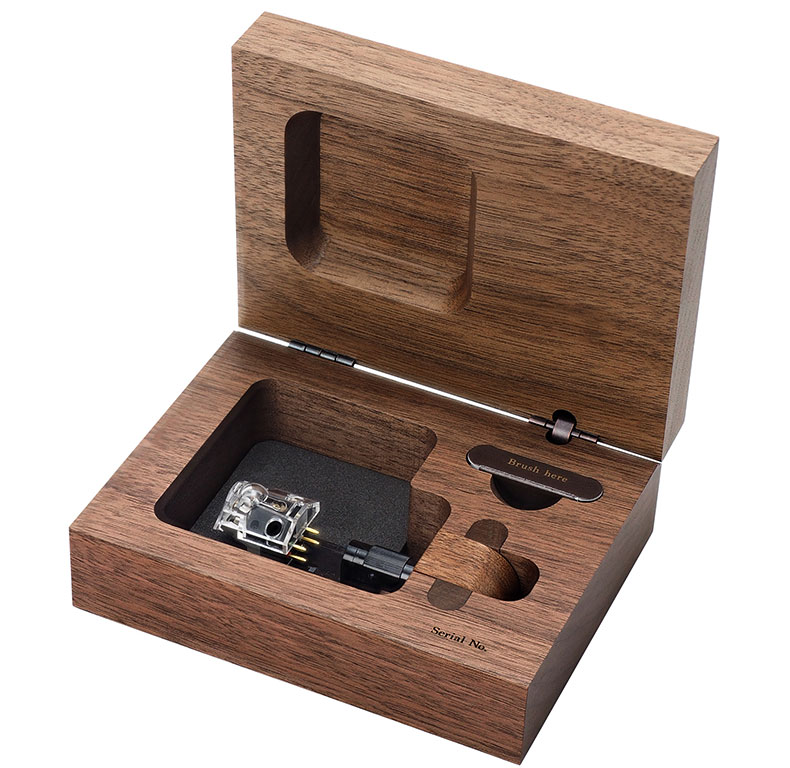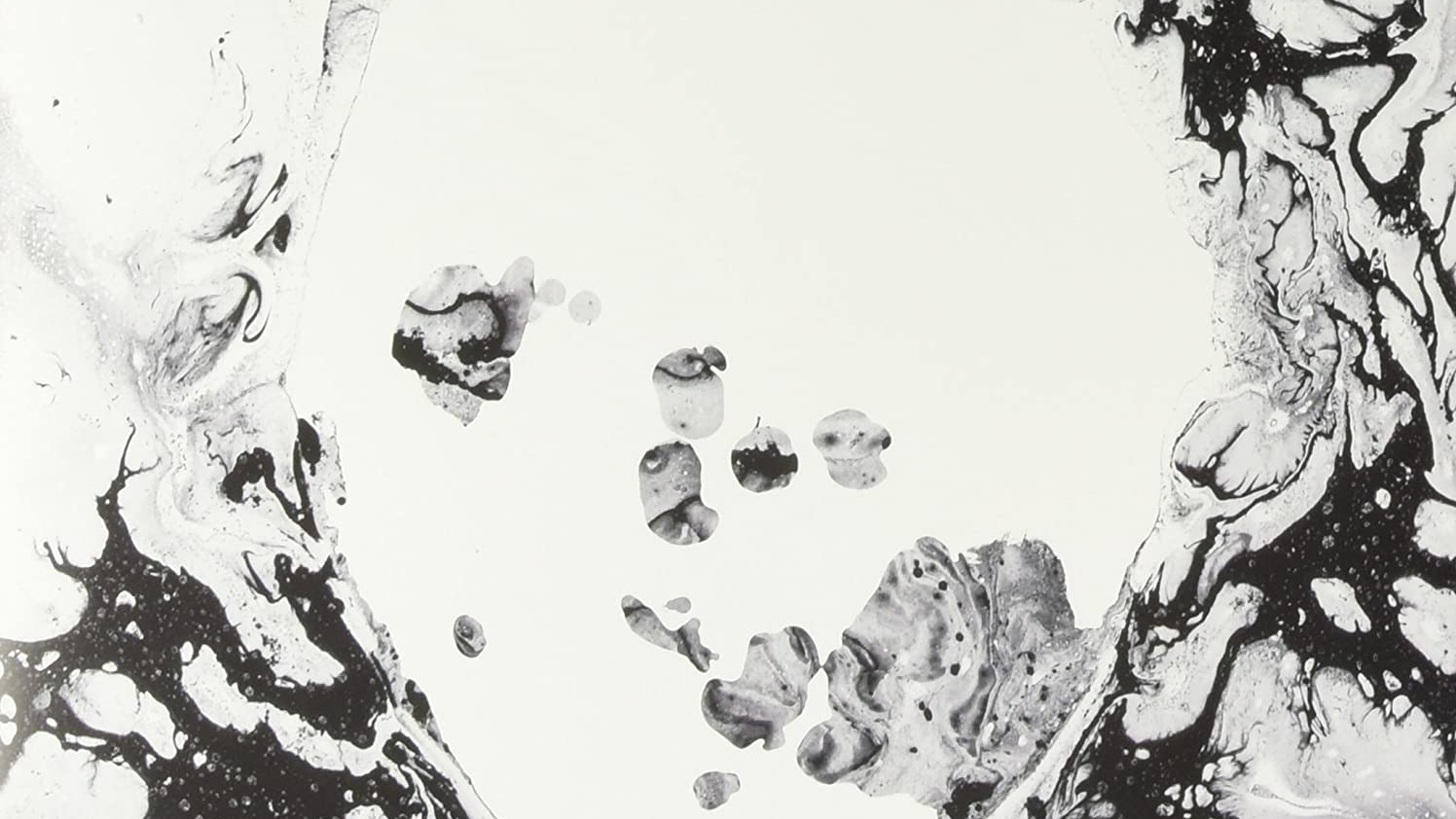Audio-Technica unveils new reference AT-ART1000 MC cartridge
Unveiled at the High End show in Munich, Audio-Technica’s new Direct Power Stereo moving coil cartridge is designed to deliver “the highest listening experience for audiophiles”.

Hand-crafted in Japan, the AT-ART1000 uses a direct-power system with the moving coil placed directly on top of the stylus tip. This means that the ‘direct’ signal transmission from the stylus tip to the moving coil won’t be affected by interference.
Audio-Technica says this allows the cartridge to pick up “even the most subtle sonic detail” and will “deliver unsurpassed transient response”.
The AT-ART1000 benefits from a diamond-tip stylus and a solid boron cantilever, a combination which Audio-Technica says can pick up information from the most complex of vinyl record grooves.
The coil itself is non-magnetic and features a 20µm diameter PCOCC (pure copper oho continuous cast) wire, which is able to produce an output voltage of 0.2 mV by having a 3 ohms coil placed in a 0.6mm gap.
Finally, the structure that supports the magnetic circuit and suspension system is made of titanium, a material known for its strength and anti-resonant properties, and usually reserved for Audio-Technica's top-of-the-range cartridges.

“Our reference AT-ART1000 represents the pinnacle of more than 50 years of experience and expertise in the field [of phono cartridges],” said Yousuke Koizumi of Audio Technica Japan.
“We found some inspiration in the renowned Victor MC-L1000 cartridge of 1986 and charged our research and design engineers to imagine a Direct Power System of unsurpassed levels of precision and sophistication,” he added.
The latest hi-fi, home cinema and tech news, reviews, buying advice and deals, direct to your inbox.
“I’m pleased to say we have achieved everything we set out to do. Our AT-ART1000 is truly the landmark cartridge we wanted to make.”
The Audio-Technica AT-ART1000 will be available exclusively from 50 specially selected ‘Excellence’ retailers worldwide in June, priced £4100.
Customers will be offered a paid Cartridge Rebuild Programme service, which provides a replacement of the whole assembly, including stylus tip, cantilever, coils and rubber dampers.
Max is a staff writer for What Hi-Fi?'s sister site, TechRadar, in Australia. But being the wonderful English guy he is, he helps out with content across a number of Future sites, including What Hi-Fi?. It wouldn't be his first exposure to the world of all things hi-fi and home cinema, as his first role in technology journalism was with What Hi-Fi? in the UK. Clearly he pined to return after making the move to Australia and the team have welcomed him back with arms wide open.

